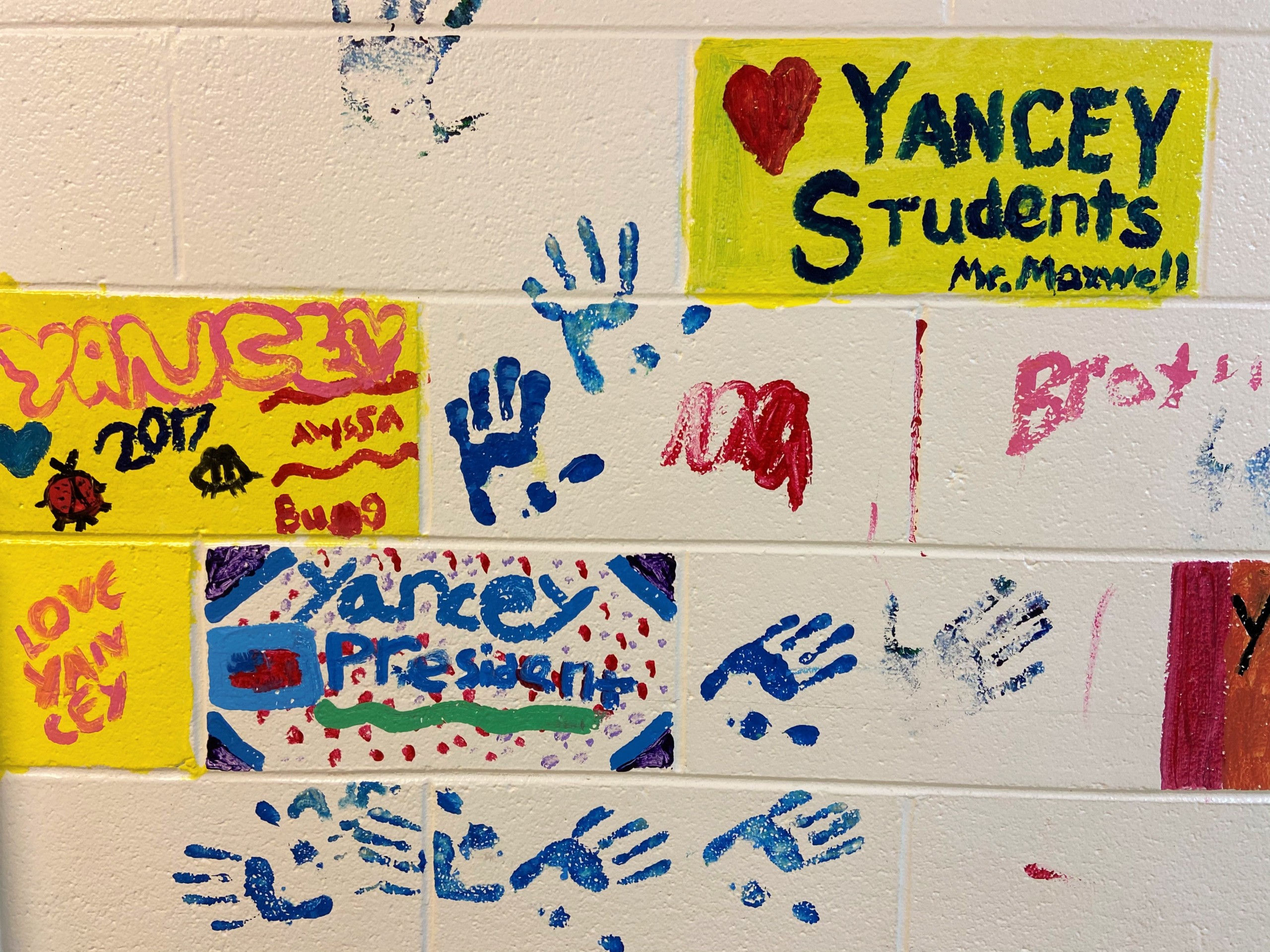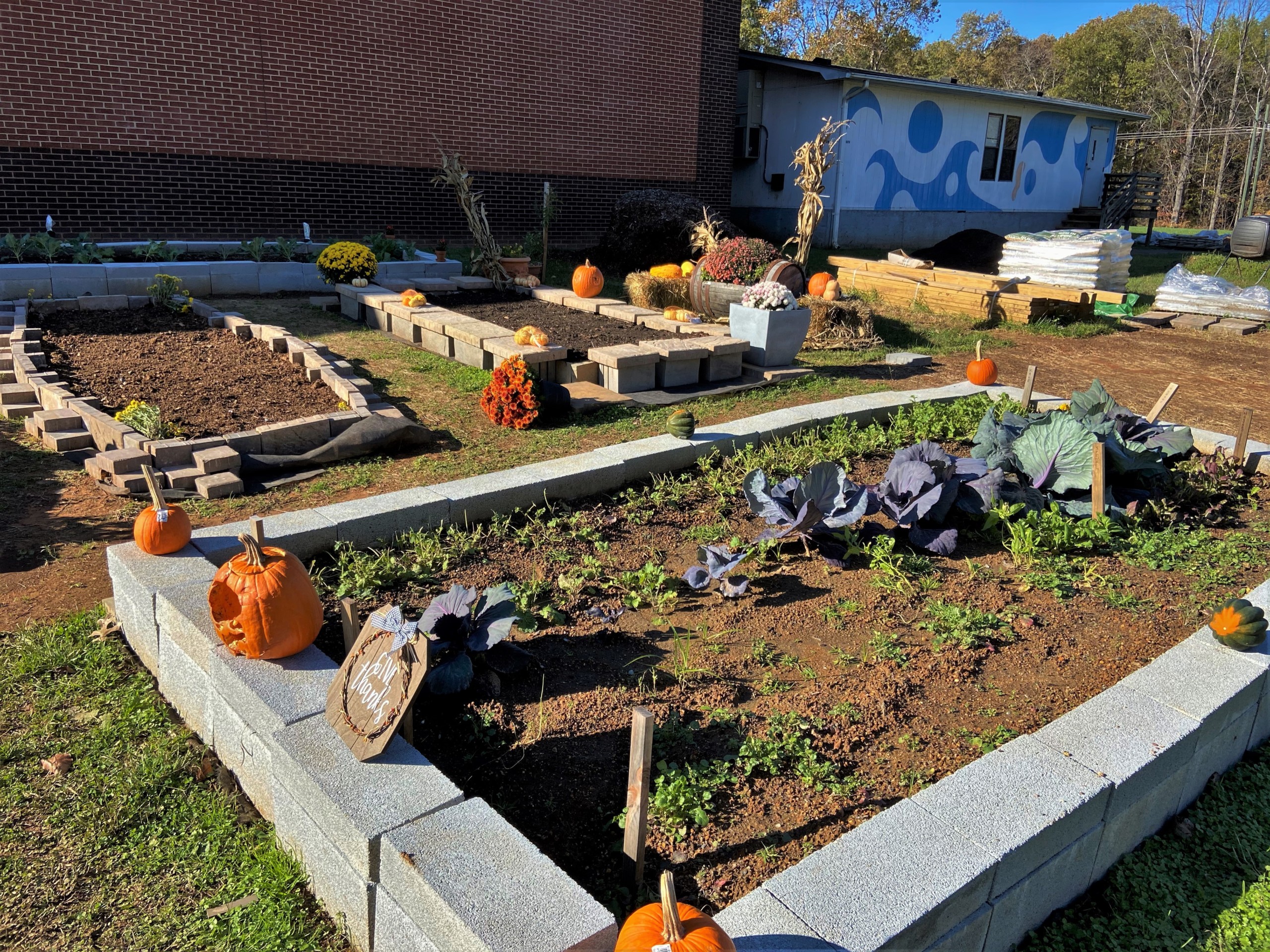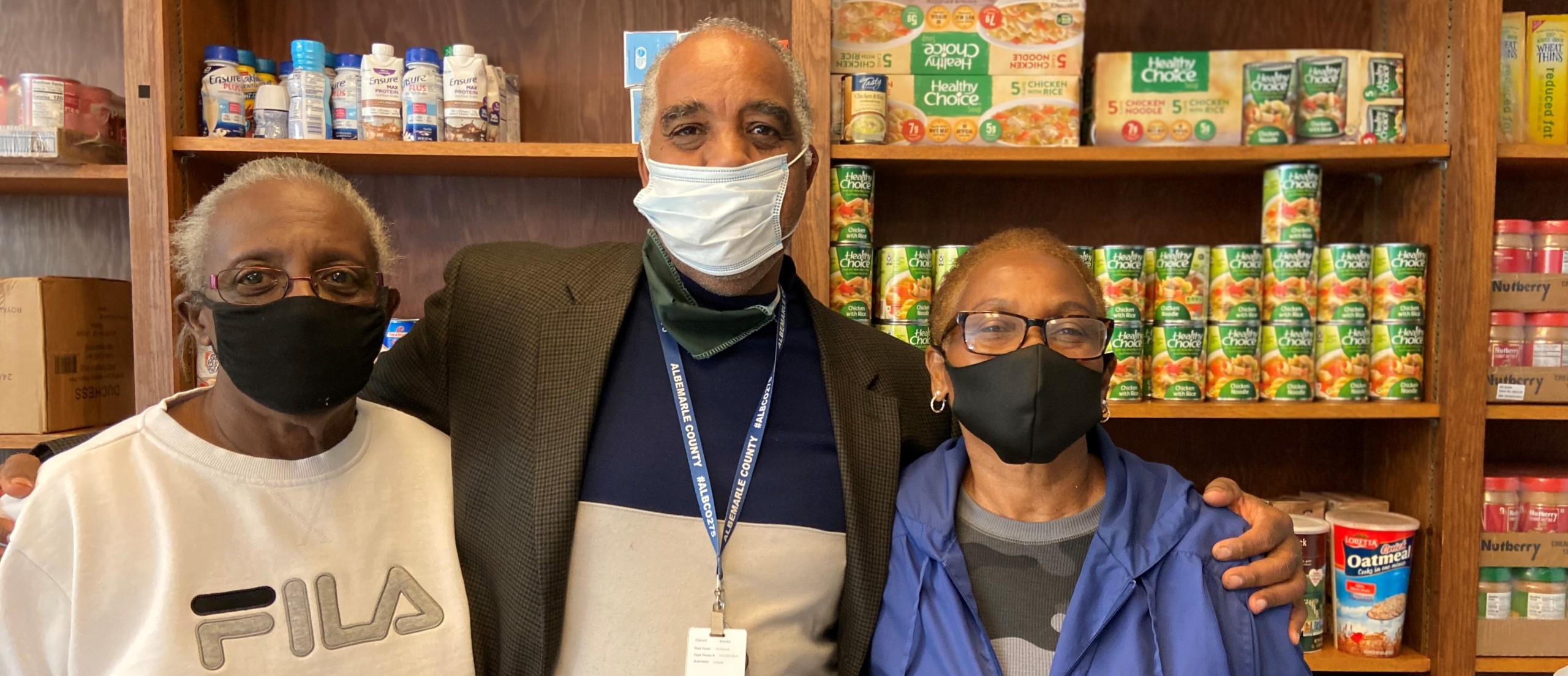At B.F. Yancey Community Center, history flows through the halls. Children’s handprints, stamped in screaming color, freckle the white-brick walls. Hand-painted notes accompany the art. Once home to an elementary school, the building is inextricable from its past. In fact, every weekday at 2:25 p.m., the bell still rings.
In 1960, educator and visionary B.F. Yancey established a learning center for Black youth in Esmont, a rural town nestled into the southernmost folds of Albemarle County. The Black community had collectively acquired seven acres of land to house the building. And the school’s story is one of resilience: Yancey leaders wrestled past barriers imposed by segregation and worked toward cultivating a diverse, integrated community. Passionate residents fought off several legal motions aimed at closing the school’s doors. But when the School Board ultimately voted to dissolve the learning center in 2017, they closed the book on five-plus decades of public education in Esmont.
Nearly everyone in town has some tie to the school, so its loss has been felt widely and deeply. Locals felt responsible for preserving the space’s promise. The building has since been transformed into a local community center, whose mission is to improve the wellbeing of Esmont residents and promote the town’s longevity. “We want this community to never die,” says Yancey Programs Manager Edward Brooks.
Rebranding the closed school and adding a food pantry
Today, multiple entities are plugged into the space: The Jefferson Area Board for Aging has an office, Piedmont Virginia Community College hosts GED classes for adults, and the library bookmobile is known to pay visits. But perhaps the most central element of this hub of “lively activity” is the B.F. Yancey Community Food Pantry.

The B.F. Yancey Community Food Pantry is located in a former school building. Students’ artwork decorates the walls.
Food Pantry Coordinator Berlinda Mills is a retired teacher, determined to serve neighbors she calls “family.” When not running drive-through distributions, pantry reps pack their cars and drive food to neighbors who are homebound. Berlinda and her teammates make a point to anticipate community members’ needs—especially seniors’. And when people request specific foods, such as low-sodium or gluten-free options, volunteers do their best to honor these asks.
“You…have to give these teachers credit,” says one community member. “They [didn’t] just sit back and say, ‘Well, I’m retired.’” Instead, they cultivated an efficient food-assistance operation—one that’s homegrown and fueled by love.
Partnerships anchor the Food Bank to the community
“If our network isn’t resilient, we cannot fulfill our mission,” says CEO Michael McKee. Nurturing a healthy and sustainable network requires more than simply investing in established relationships. It involves seeking out new partners “who will help us reach underserved communities and tap new wells [of] enthusiasm.” The Yancey Pantry, which was launched in 2017, is a more recent addition to the Food Bank network.

Yancey’s community garden is an offering of good health and good will for all.
So, how does the Food Bank support partner pantries? When it comes to Yancey, the Food Bank provides about 75% of the pantry’s food, according to Berlinda. The Food Bank has awarded agency capacity fund grants to help supply everything from grocery baskets and flatbeds to refrigeration and shelving. And the Food Bank maintains an open line of communication to assist with problem solving and pantry expansion.
Building for a brighter tomorrow
Moving forward, pantry leaders indeed have their sights set on growth. Currently, Yancey serves an average of 60 households per month, but this number is likely to climb as word-of-mouth filters through the area. The Yancey crew wants to learn more about food-storage best practices and frozen-meal options for seniors. They are also eager to leverage their community garden to help ensure that, in Edward’s words, “the next generation appreciates fresh vegetables.” It’s clear that this team will stop at nothing in their quest to nourish their beloved community.
“We’re a blessing, and we’re being blessed,” says Berlinda. “[We’re able] to give out to those who really don’t have.”
Outside, greens spring from a sea of mulch, forming a ring around the edge of a retired school playground. The spirit of the place endures; the grounds have simply been reimagined. “We don’t have [the school] now,” says Edward, so “we have to take what we do have and make it great.”

